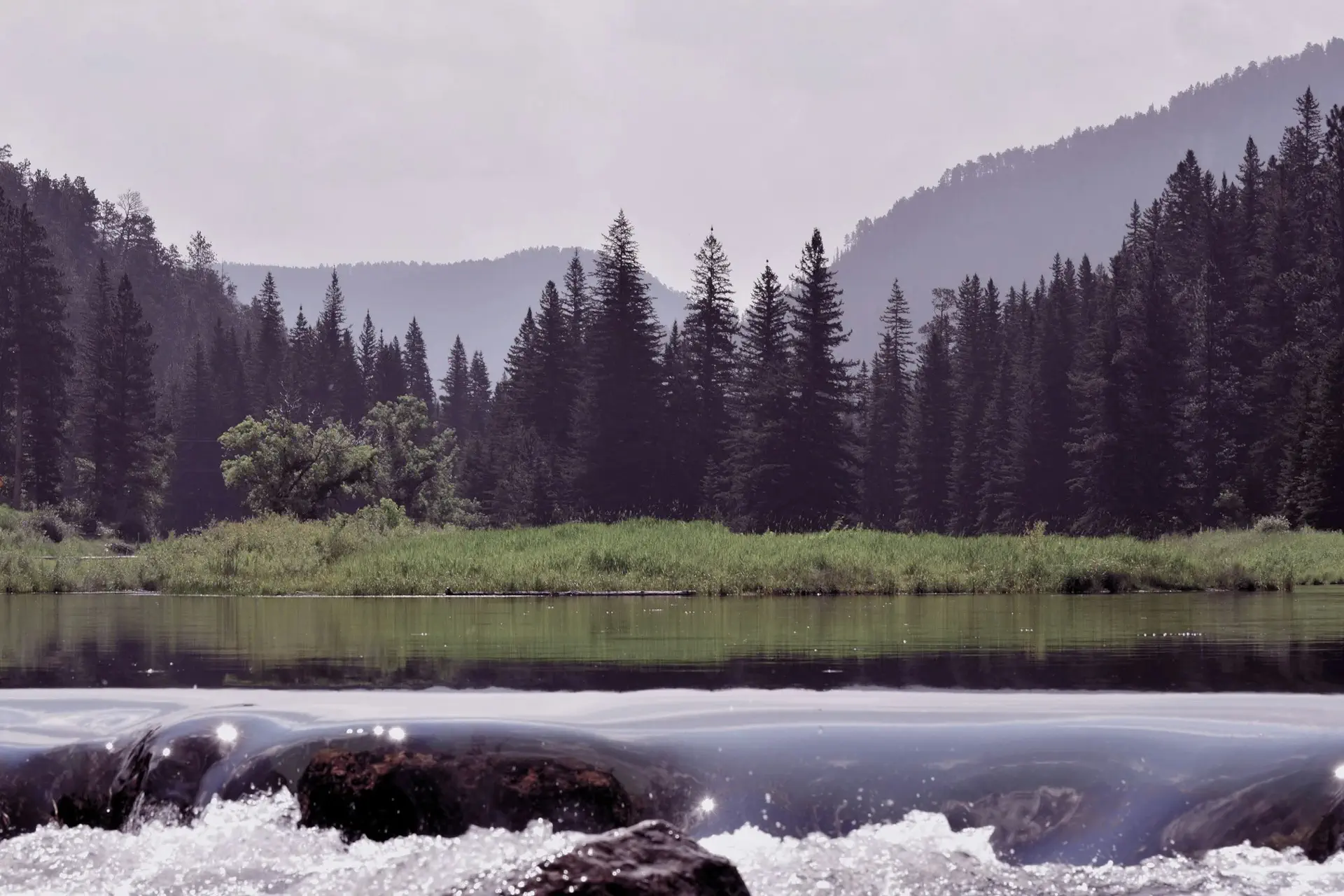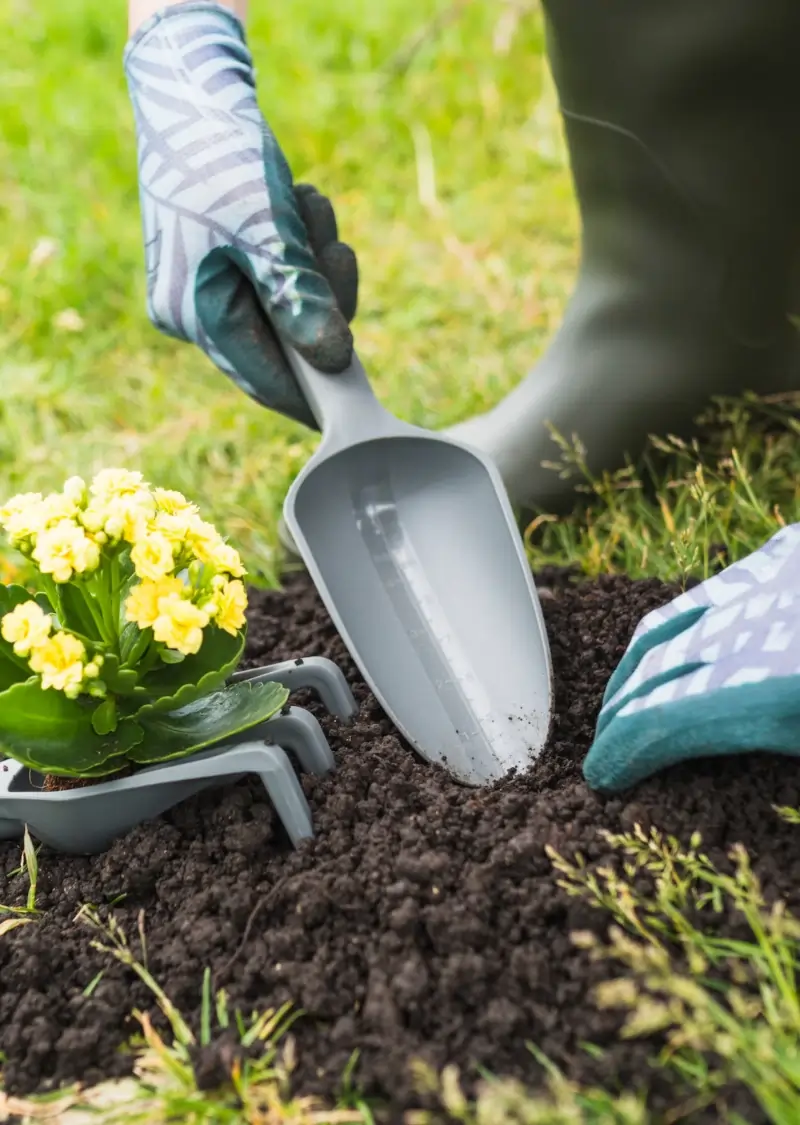Lawncare Tips
Lawn Care Tips & Winter Shoveling Advice
Maintaining a beautiful lawn year-round and dealing with the challenges of winter weather can be tough. Below are some expert tips on how to care for your lawn through all seasons, as well as practical advice for winter snow shoveling.
1. Lawn Care Tips for Every Season
Spring: Reviving Your Lawn After Winter
Spring is the time to get your lawn back in shape after the cold months. Here's how:
- Dethatch Your Lawn: Remove the layer of dead grass (thatch) that accumulates over winter to allow new grass to grow.
- Aerate Your Lawn: Use a lawn aerator to punch holes into the soil, improving water and nutrient absorption.
- Fertilize Early: Apply a slow-release fertilizer to jumpstart growth and strengthen your grass for the coming months.
- Reseed Bare Patches: Spot-seed any areas that may have been damaged by frost, snow, or foot traffic.
- Control Weeds: Apply a pre-emergent herbicide to prevent weeds before they start growing.
Summer: Keeping Your Lawn Green and Healthy
The heat of summer can stress your lawn. Here's how to keep it green:
- Mow High: Set your mower blades high to keep the grass at least 3 inches tall, which helps shade the roots and conserve moisture.
- Water Deeply, Not Frequently: Water your lawn deeply (about 1 inch of water) once or twice a week, rather than frequent shallow watering.
- Control Pests: Summer is prime time for lawn pests. Keep an eye out for grubs and insects, and treat as needed with eco-friendly options.
- Mulch Grass Clippings: Leave your grass clippings on the lawn when you mow to return nutrients to the soil.
Fall: Preparing Your Lawn for Winter
Fall is all about preparing your lawn for dormancy. Focus on:
- Fertilizing: Apply a fall fertilizer to strengthen the roots and help your grass survive winter.
- Overseeding: Fall is a great time to overseed your lawn to fill in thin areas and thicken up the turf.
- Raking Leaves: Rake fallen leaves regularly to prevent them from smothering the grass and causing fungal issues.
- Aerate Again: If you didn't aerate in the spring, consider doing it in the fall to give your lawn a boost before winter.
Winter: Protecting Your Lawn During Cold Months
Although your lawn is dormant in winter, you can still protect it:
- Minimize Foot Traffic: Avoid walking on your lawn when it's frosty or covered in snow to prevent soil compaction and grass damage.
- Clear Snow Thoughtfully: Avoid piling snow on your grass, as heavy snow piles can cause bare spots when the snow melts.
2. Watering Tips for a Healthy Lawn
Watering is crucial to maintaining a healthy lawn, but it must be done right:
- Early Morning Watering: Water your lawn in the early morning (before 10 AM) to reduce evaporation and give the grass time to dry before nightfall, preventing disease.
- Avoid Watering at Night: Watering in the evening can promote fungal growth, as moisture sits on the grass blades overnight.
- Use Smart Irrigation: Install a smart irrigation system that adjusts based on weather conditions, preventing overwatering and conserving water.
3. Winter Snow Shoveling Tips
Shoveling Techniques to Prevent Injury
Shoveling snow can be strenuous, so it's important to do it safely:
- Use the Right Shovel: Choose a lightweight, ergonomic shovel to reduce strain on your back.
- Push, Don't Lift: Push snow whenever possible rather than lifting it, as this requires less effort and reduces the risk of injury.
- Lift with Your Legs: When you do need to lift snow, bend your knees and lift with your legs, not your back.
- Take Breaks: Shoveling can be physically demanding, so take regular breaks, especially if the snowfall is heavy.
- Stay Hydrated: Even in cold weather, shoveling can make you sweat. Drink water to stay hydrated.
Clearing Sidewalks and Driveways Efficiently
Maximize efficiency when clearing your pathways:
- Clear Snow Early and Often: Don't wait for snow to accumulate. Shovel frequently during the storm to make the task easier and prevent ice from forming.
- De-Ice Walkways: After shoveling, use an eco-friendly de-icing product, such as sand, kitty litter, or calcium magnesium acetate (CMA), to prevent slips.
- Don't Block Driveways: When shoveling near the street, avoid piling snow at the end of the driveway where it can be plowed back in.
- Keep Snow Away from Foundation: Shovel snow away from the house's foundation to prevent melting snow from seeping into the basement.
4. Mowing Best Practices for a Healthy Lawn
Mowing is more than just cutting grass—it's essential to your lawn's health:
- Sharpen Mower Blades: Dull blades tear the grass, leading to a ragged, brown appearance and leaving your lawn susceptible to disease. Sharpen your blades regularly.
- Mow Dry Grass: Mow when the grass is dry to ensure a clean cut and avoid clumping.
- Alternate Mowing Patterns: Change your mowing direction each time to prevent soil compaction and uneven grass growth.
- Never Cut More Than One-Third: Remove only the top third of the grass blade to avoid stressing the plant. Cutting too much can weaken the roots.
5. Dealing with Lawn Pests and Diseases
A healthy lawn can still face challenges from pests and diseases:
- Watch for Signs of Grubs: Grubs, which feed on grass roots, can cause brown patches. Apply a grub control treatment in the late summer if you notice damage.
- Manage Fungal Diseases: Conditions like powdery mildew or rust can affect your lawn, especially if it's too wet. Address drainage issues and avoid overwatering to reduce the risk.
- Organic Pest Control: Consider natural pest control methods like nematodes, which target grubs and other harmful insects without damaging your lawn ecosystem.
6. Mulching and Composting for Lawn Health
Mulching and composting are great ways to keep your lawn healthy:
- Use Grass Clippings as Mulch: Grass clippings provide nitrogen and help retain moisture in your lawn when left behind after mowing.
- Compost Yard Waste: Collect leaves, grass clippings, and other organic material to create compost that can be spread on your lawn in the spring for added nutrients.
With these lawn care and snow shoveling tips, you'll be able to maintain a healthy lawn and clear your walkways effectively through every season. By following these guidelines, you can enjoy a lush, vibrant yard and tackle winter challenges with ease.
Help Us Craft
Your Dream Yard
We can help you design your ideal landscape for the future. Click below to get in contact so we can transform your ideal lawn!
Get an Estimate Now


